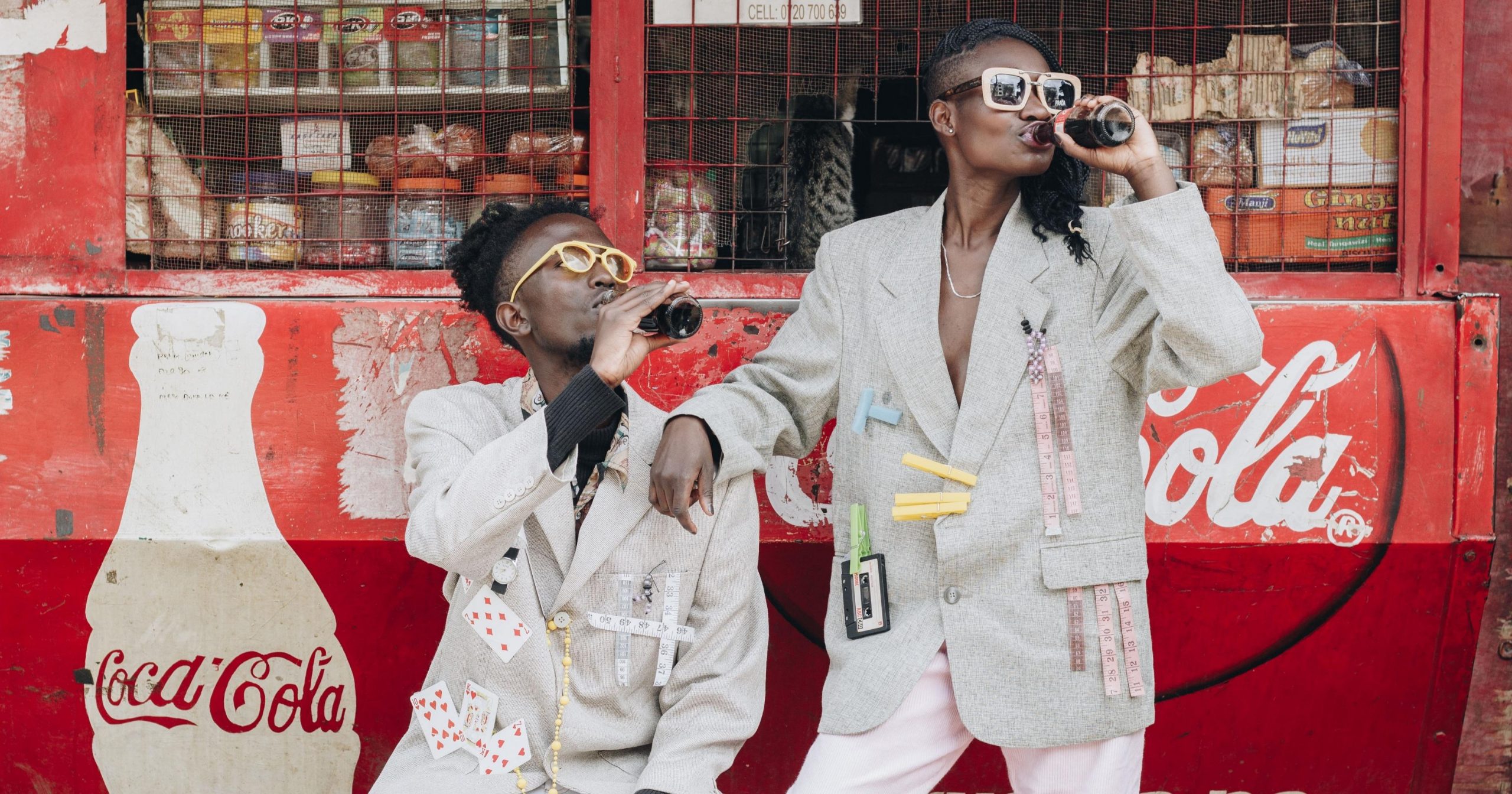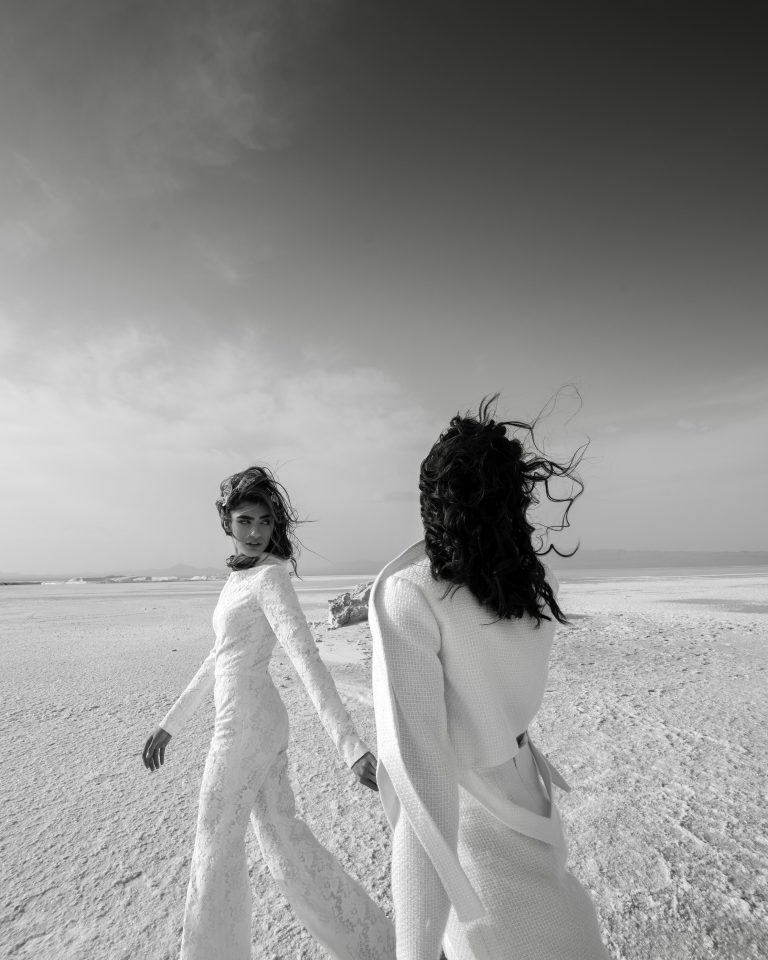Identity. What exactly is that? Identity is who you are, sounds simple. But is it really? Who actually decides who you are? You or your environment? Both? And what if you are not happy with who you are? Or what if you are happy with who you are, but you feel that your environment sees it wrong? What then?
There are full of books written about identity (some are worthwhile too) but the subject tends to get rather philosophical. A bit floaty. I like to keep it practical.
What exactly does visual brand identity mean?
Increasingly, you hear and see companies and people concerned with how they want to identify and position themselves online. More often the question is asked “But what exactly is our identity?”. Without a clear answer to this question, it will be difficult to build a fan base and trust around your brand. Visual identity consists of what your brand says, what your values are, how you communicate your product or service and what you want people to feel when they interact with it. Essentially, your brand identity is your company’s personality and a promise to your customers.

Why is your visual identity important for your brand?
People have an opinion about your company or product long before they enter your office or shop, even before they start researching it online. Most impressions are gained just by looking at the campaign, actually just by glancing at it. 👀 That makes your visual identity an important part of your overall branding. An impressive visual identity immediately puts your foot in the door. It should be aimed at creating an emotional appeal, not just conveying information about your company.
Your brand identity is your company’s personality and a promise to your customers.
But the question is how do you find your brand identity?
There are a few steps you can use to identify your brand goals and mission so that you can link your visual identity to your larger brand values.
First, you need to define your target audience. Second, you need to define your mission (“why do we exist?”). Third, identify your brand personality. Fourth, develop emotional appeal. Fifth, build your visual brand. And last but not least, keep your brand consistent. Surely an example of a strong visual brand identity is Coca-Cola! When you hear the name Coca-Cola, you probably picture the familiar logo. Coca-Cola’s brand identity starts with a red logo in script text. The red colour inspires confidence in the person drinking a cola, while the font is all about fun. Coffee, for example, is a drink you take in the morning before you go to work. Coca-Cola is a drink you enjoy when you finish in the afternoon. This is the ‘face’ of the brand. Coca-Cola prints its logo on a uniquely shaped bottle (it’s true, no other drinks have bottles that look exactly like it). This tells customers that they are not getting an imitation – this is real. The brand develops credibility and trust this way.
This is what makes Coca-Cola a brand and not just a logo of the company.
Yes, I could definitely write another book about this, but I’m not going to do that. 😉
However, I do like to tell you more in detail about the above qualities in my next blog.
#visualidentity #branding #brand #cocacola


